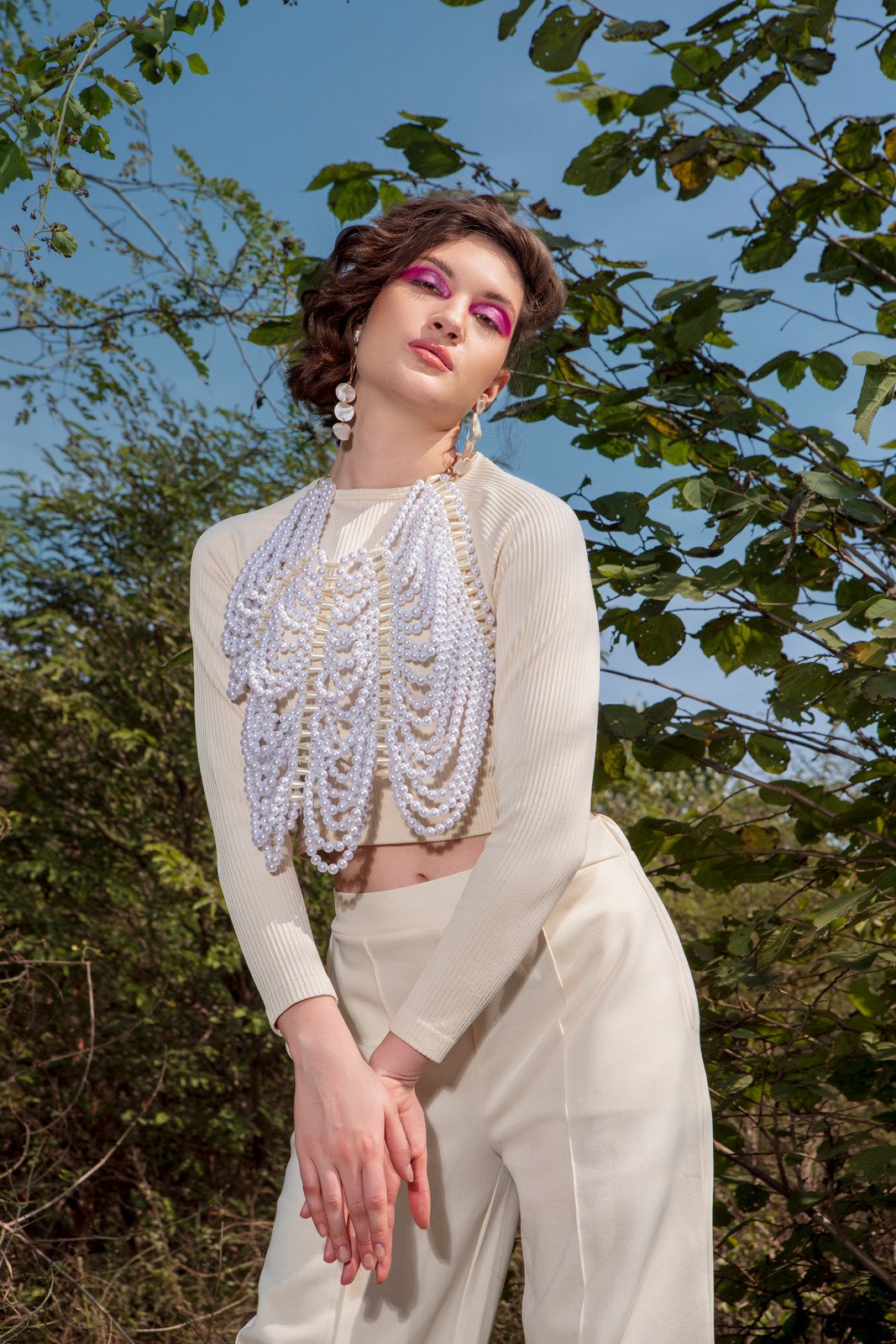The change of seasons is the perfect excuse to refresh your wardrobe—but that doesn’t mean you need to buy a whole new closet every few months. With a bit of strategy and a touch of creativity, you can transition your wardrobe seamlessly and stylishly from one season to the next.
Whether you’re going from summer to fall or winter to spring, here’s how to make the most of your current pieces, layer like a pro, and add seasonal flair without going overboard.
1. Start with a Closet Clean-Out
Before you make the switch, take some time to declutter. Go through your current seasonal clothes and ask yourself:
- Did I wear this in the last few months?
- Does it still fit and feel good?
- Is it in good condition?
If something hasn’t been touched, it might be time to donate, sell, or store it. A clean closet makes it easier to see what you already have and what you might need to add for the upcoming season.
2. Organize by Layering Potential
When transitioning seasons, layering is your best friend. Don’t immediately pack away your summer dresses or short-sleeved tops—instead, think about how you can pair them with cardigans, tights, or jackets.
Lightweight pieces can become great base layers, while warmer items like sweaters and coats can be added as needed. This method extends the life of your wardrobe and keeps you comfortable during those in-between days when the weather can’t make up its mind.
3. Invest in Transitional Staples
Certain wardrobe pieces are worth investing in because they work year-round. Think of them as your closet MVPs:
- A classic denim or leather jacket
- Neutral cardigans or knit sweaters
- Long-sleeve t-shirts or button-downs
- Ankle boots or sneakers
- A well-fitted blazer
These staples are versatile and easy to mix and match with both warm- and cool-weather pieces. Stick to neutral tones if you want maximum flexibility, or use them as a base to play with color and print.
4. Use Accessories to Add a Seasonal Vibe
Accessories are an easy, affordable way to give your outfit seasonal flair without a complete overhaul. Scarves, hats, belts, and jewelry can completely change the mood of an outfit.
For example:
- Swap straw hats and woven bags for felt fedoras and leather crossbodies in the fall.
- Trade bold neon sunglasses for tortoiseshell frames in spring or autumn.
- Add rich jewel tones or earthy shades to make an outfit feel more autumnal.
Accessories also help balance your outfit for changing temperatures—a light scarf in spring or a chunky knit in fall can add just enough warmth and texture.
5. Think Texture, Not Just Color
While many people associate seasonal changes with color palettes—like pastels in spring or burgundy in fall—texture plays a major role too. Think breezy linens and cottons in summer, cozy knits and velvets in winter.
When transitioning your wardrobe, slowly phase out lightweight fabrics and bring in heavier textures as needed. Mixing textures can also add interest to your outfit—try pairing a silky blouse with a wool blazer or layering a leather jacket over a soft cotton tee.
6. Layer Strategically for Weather Swings
Transitional seasons often come with unpredictable weather. One minute it’s sunny and warm, the next it’s chilly and windy. The solution? Strategic layering.
Follow this basic layering formula:
- Base layer: Something breathable and fitted (like a tee or blouse)
- Middle layer: Adds warmth (like a cardigan or light sweater)
- Outer layer: Protects from elements (like a coat or trench)
Layers can easily be added or removed throughout the day, so you’re always dressed just right. Bonus: layering adds dimension and personality to your outfit.
7. Repurpose Summer Favorites for Fall and Spring
Don’t pack away your warm-weather wardrobe too quickly! Some summer staples can easily carry into fall or spring with a few tweaks:
- Maxi dresses with ankle boots and a jacket
- Short-sleeve tops under cardigans or blazers
- Cropped pants with loafers and a chunky knit
- Jumpsuits layered over long sleeves or turtlenecks
These combos make the most of your existing pieces and add interest to your wardrobe without requiring a shopping spree.
8. Refresh With a Few Key Pieces
You don’t need a whole new wardrobe to feel seasonally fresh. Just a few well-chosen additions can make a big impact:
- A new coat in a bold or trendy color
- A patterned scarf or bag
- A pair of boots or shoes that feel current
Look for pieces that reflect your personal style while nodding to seasonal trends. It’s all about finding that sweet spot between fashion and function.
9. Store Off-Season Items Smartly
Once the weather has truly turned, pack away off-season items to free up space and keep your closet organized. Store clothes in breathable containers and keep them in a cool, dry place. Add cedar blocks or lavender sachets to keep items fresh and moth-free.
Be sure to clean everything before storing—it keeps garments in good shape and ready to wear next season.
10. Embrace Your Personal Style
Above all, remember that style is about self-expression. Trends come and go, but confidence is always in season. As you transition your wardrobe, choose what makes you feel good, reflects your lifestyle, and suits the climate where you live.
Don’t be afraid to break the “seasonal rules” if something works for you. Who says you can’t wear florals in fall or black in spring? If you feel great in it, go for it.
Final Thoughts: Style That Moves with the Seasons
Transitioning your wardrobe doesn’t have to be overwhelming—or expensive. With a little organization, some clever layering, and a few fresh additions, you can move from season to season in style and comfort.
Fashion is all about evolution, and so is your wardrobe. Embrace the change, get creative with what you already own, and make each season your most stylish yet.





